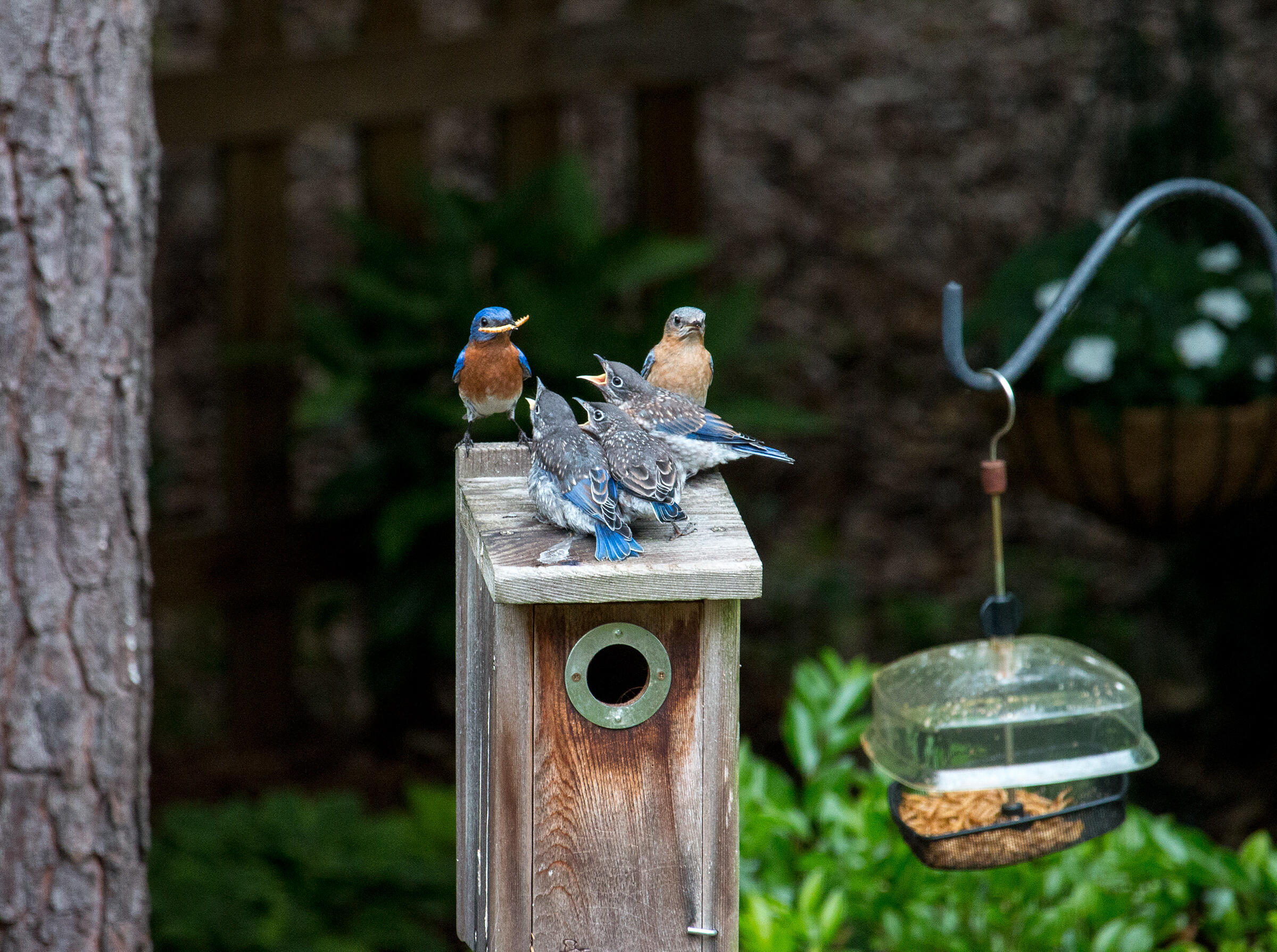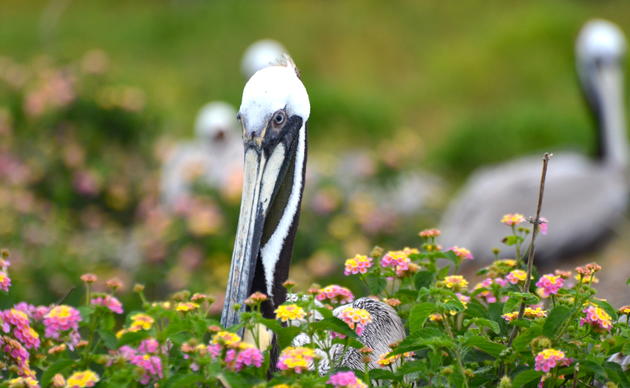Perhaps the real question is: Can they be? As part of the Audubon flock we know birds should be. They deliver critical ecosystem services from which we all benefit. Birds tell us the state of the habitat, health and wellness, around us. They contribute to the biodiversity of our land. Birds connect us to nature, increasing our own physical and mental wellbeing. We know the pure joy of watching a bird take flight, feed its young, and sing its songs. We’ve shared in the moments when friends first take notice of a bird’s habits. That may sound like all the reasons you’d ever need to connect with birds. But that’s our view.
Many of us often ask people we meet if they are a “birder”. But what does that really mean? There are many of what I call “entry points” into conservation. They’re personal. And they should be.
When we meet people where there are, truly seeking to understand how and where conservation plays into their day-to-day lives, then we can have inclusivity. When we listen, step aside, and allow people to shape how conservation plays into all of our lives, then we can have belonging. Perhaps asking someone if they are a birder isn’t the first question we should ask. Perhaps the first question should be about seeking, learning, and understanding their daily needs and values – knowing what is most important to them. From there, as birders, we can draw the connections to birds and open their world to what we have learned. This takes time, commitment, passion, and patience.
The more people we have singing the same tune, the greater our impact will be. I invite you to step into the next 100 years of Audubon conservation in Texas by asking questions. Seek out new connections and entry points in order to create new birders and expand our flock. This could be sharing the sites and sounds of birds on a morning walk, taking a friend to buy native plants, discussing sustainable grazing practices at a community meeting, visiting one of our education centers, or speaking to decision makers about turning lights out at night. If we want more people with different views joining our mission to conserve and protect habitat that benefits birds, other wildlife, and people, we have to allow for them to shape our work. Afterall, birds are for all, y’all.
How you can help, right now
Join Audubon Texas Today
Becoming a member supports our local work protecting birds and the places they need.
Consider a Legacy Gift for Texas
Planned gifts and bequests allow you to provide a lasting form of support to Audubon Texas.
Subscribe to Our Newsletter
Subscribe to our newsletter for updates about Audubon Texas's conservation work, and news about our activities and local events.





